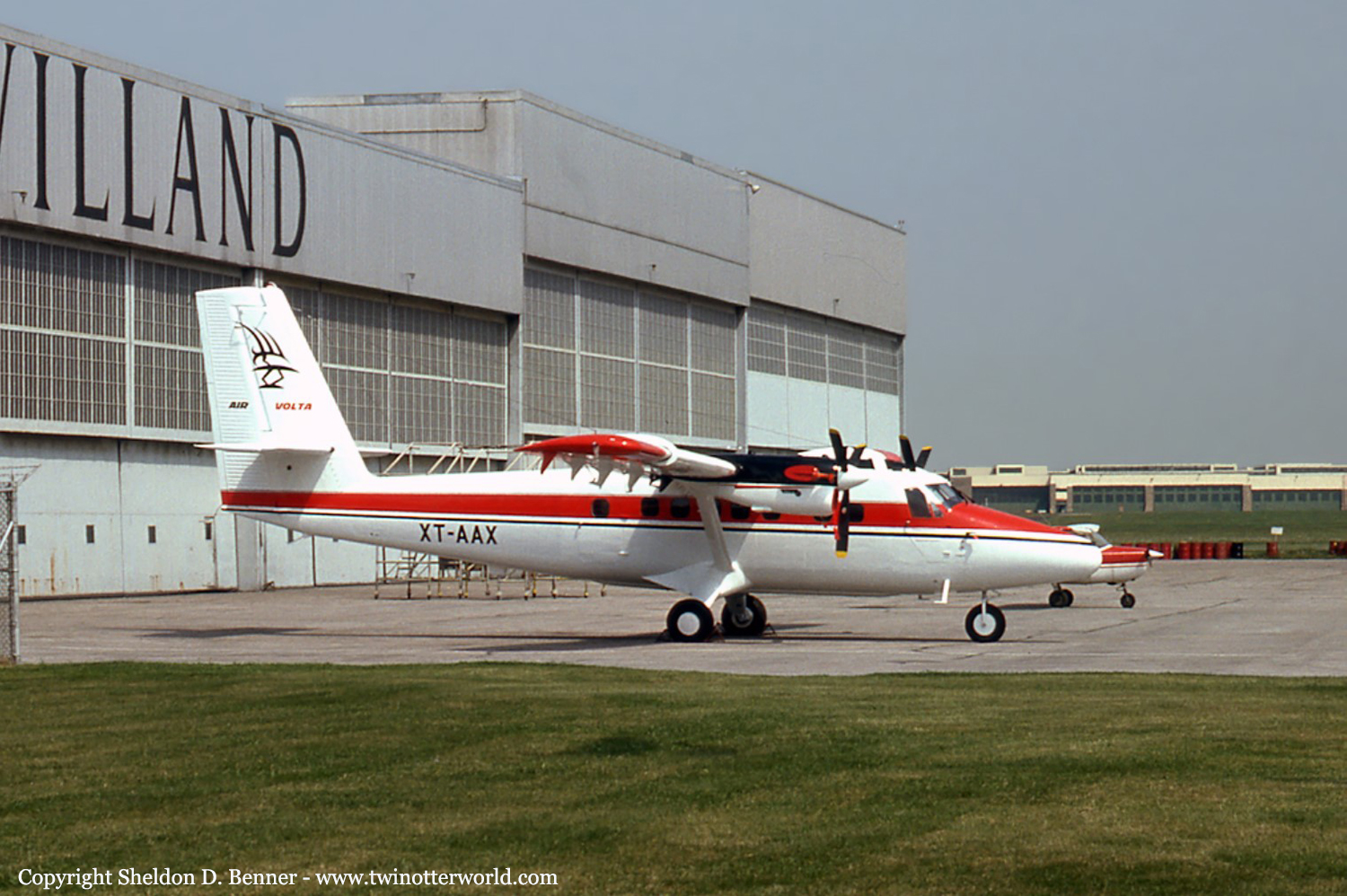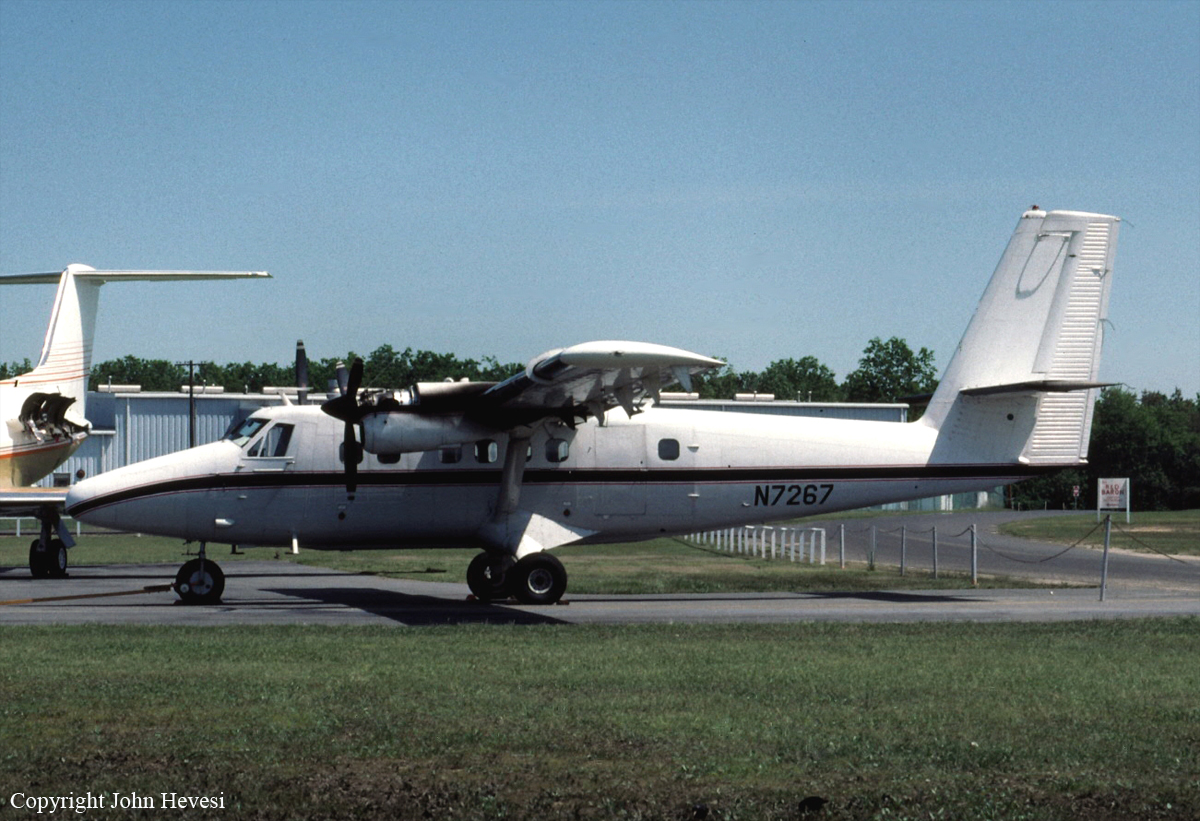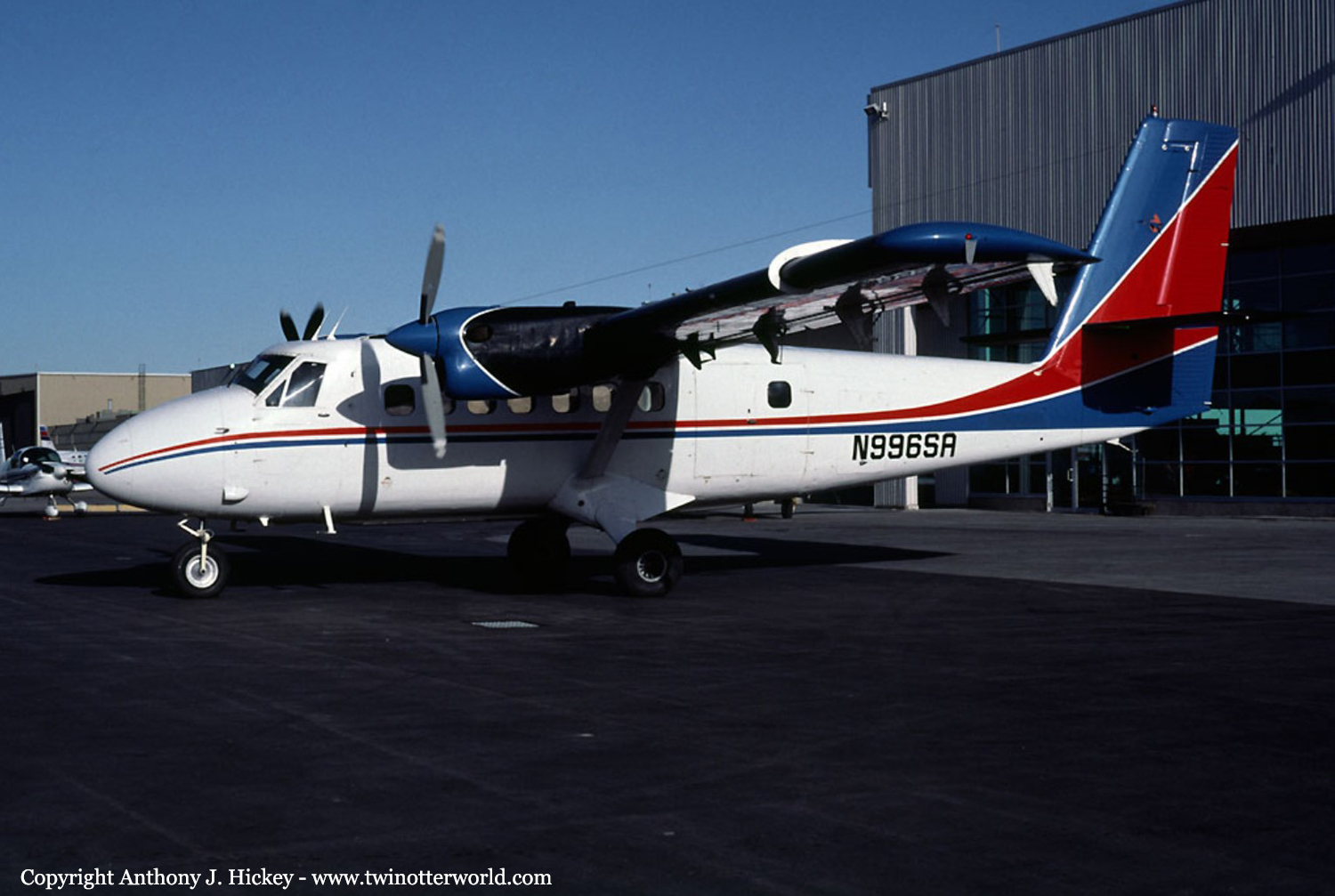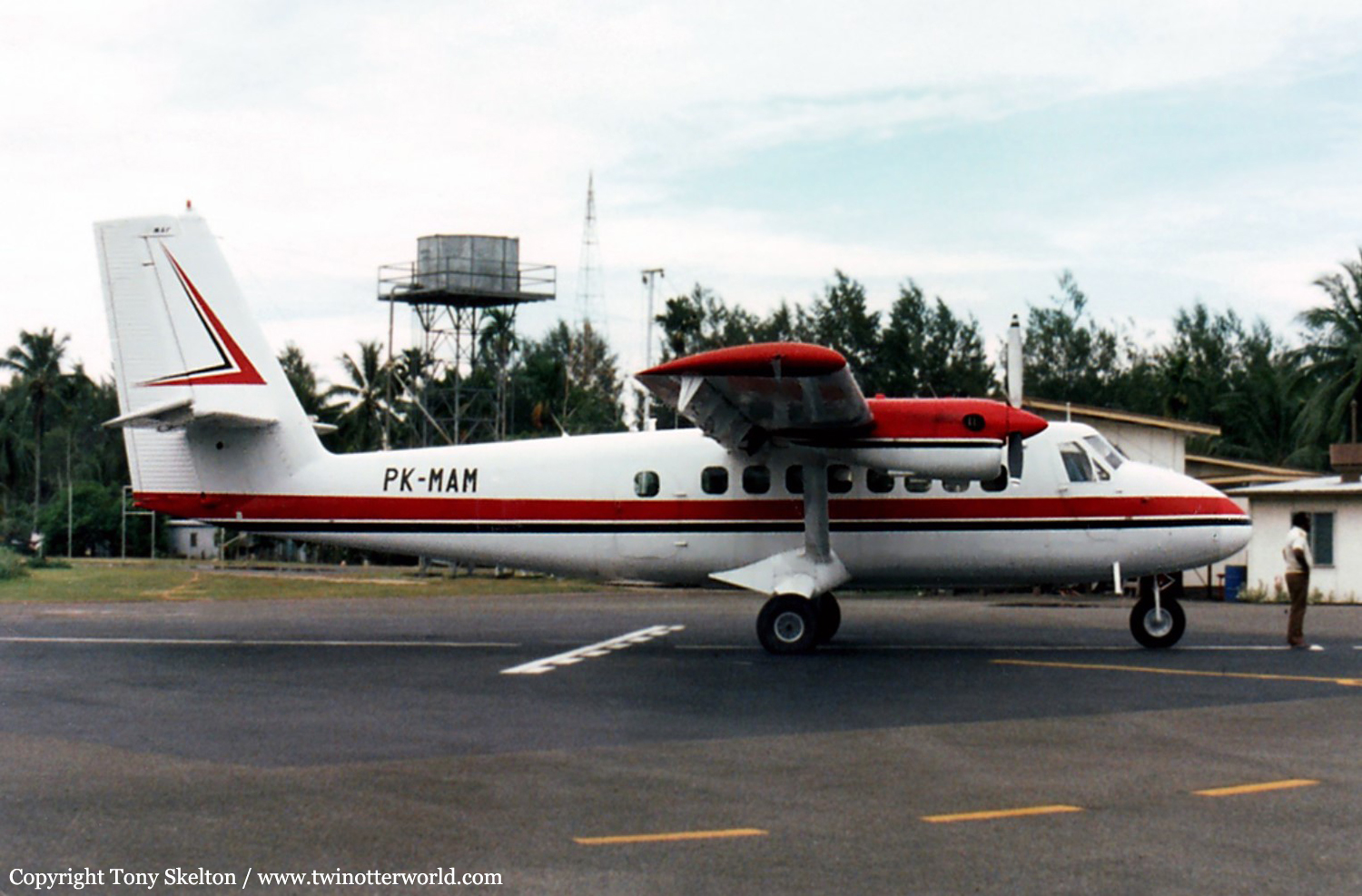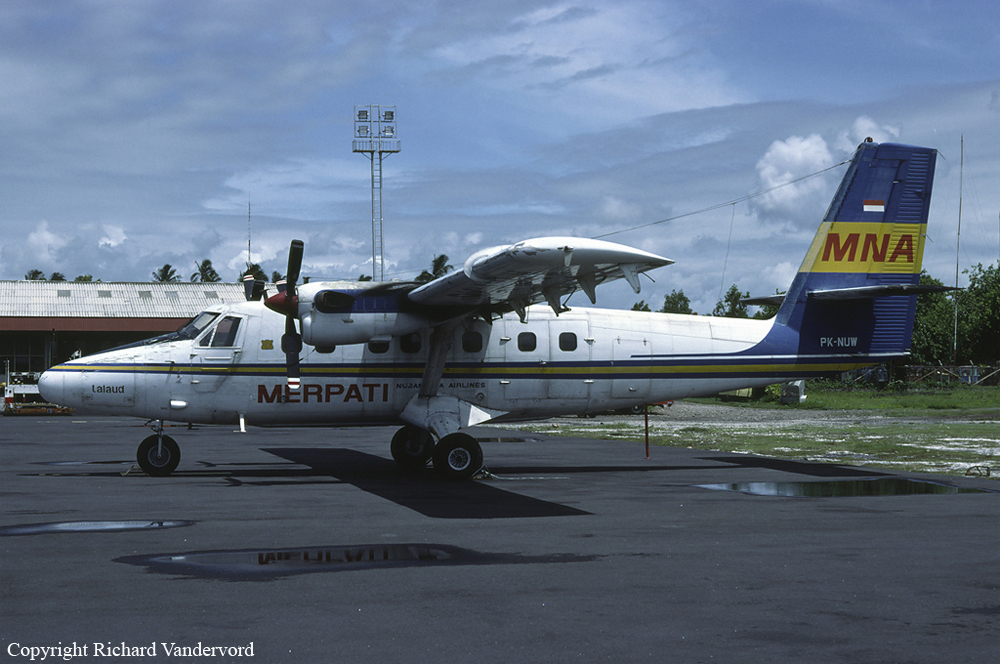Crash of a De Havilland DHC-6 Twin Otter 300 in Dori
Date & Time:
Oct 8, 1988
Registration:
XT-AAX
Survivors:
Yes
MSN:
490
YOM:
1976
Crew on board:
0
Crew fatalities:
Pax on board:
0
Pax fatalities:
Other fatalities:
Total fatalities:
0
Circumstances:
Crashed on takeoff. There were no casualties.
